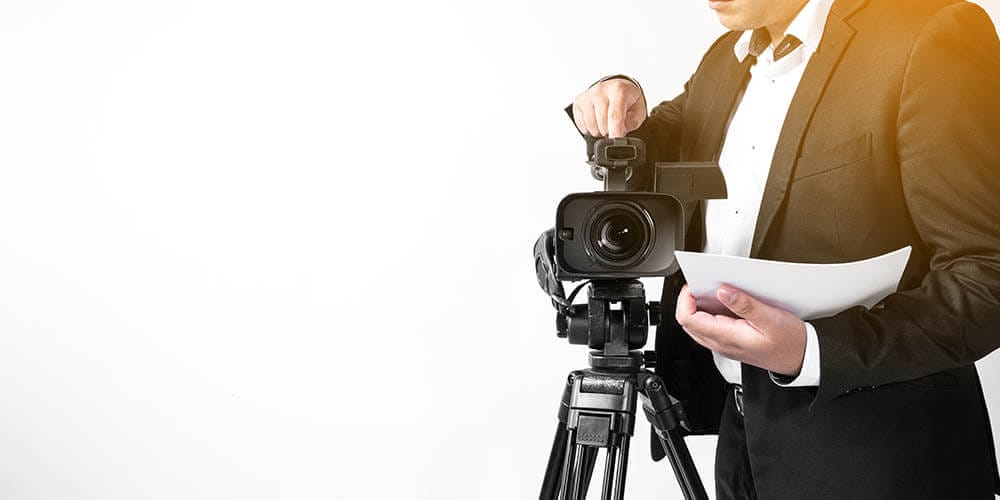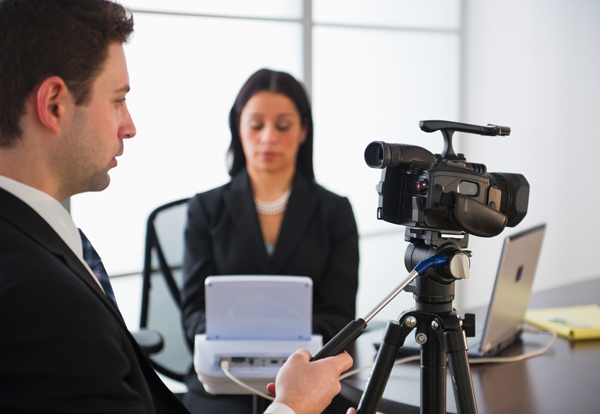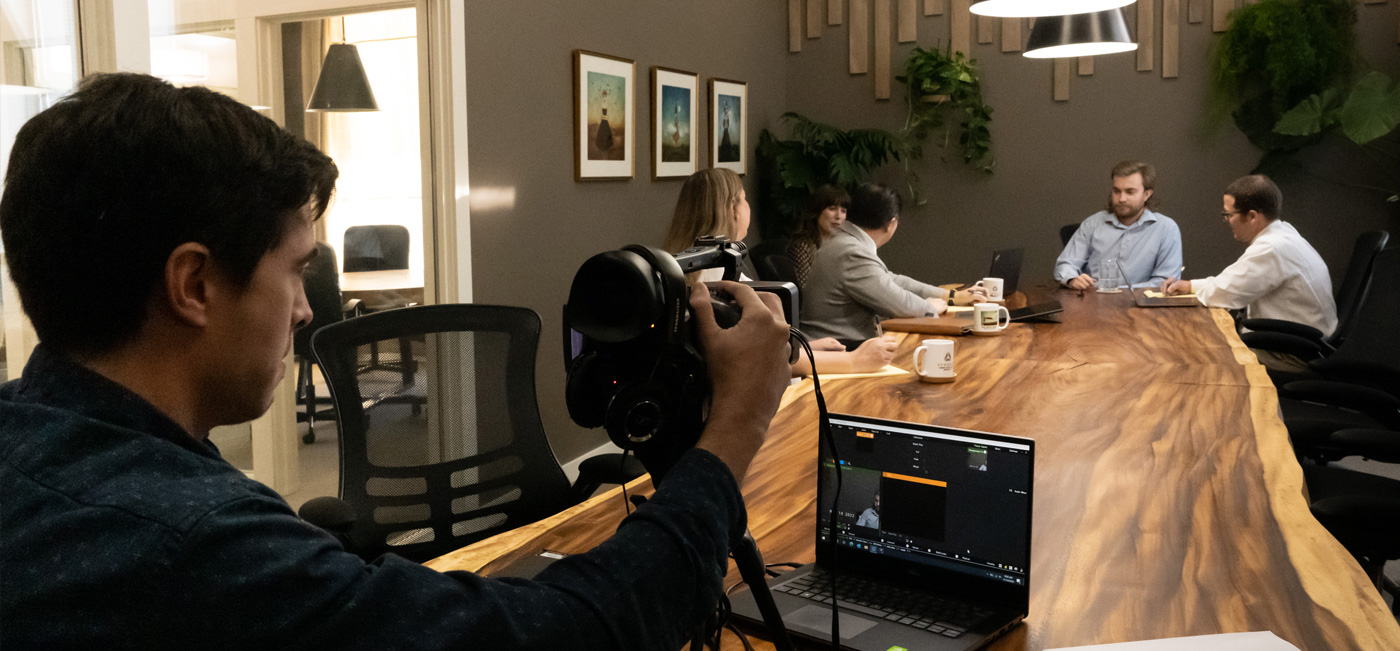Top Benefits of Professional Legal Videography for Court Cases
Top Benefits of Professional Legal Videography for Court Cases
Blog Article
Exploring the Mechanisms of Lawful Videography: Introduction Its Procedure in Shielding Genuine Aesthetic Statement for Judicial Process
In the realm of judicial proceedings, the role of legal videography stands as a cornerstone in protecting and offering aesthetic evidence. As technology proceeds to breakthrough, the systems behind legal videography have come to be increasingly elaborate, using an important layer of authenticity to testimonies recorded on video clip. By delving right into the functional complexities of lawful videography, one can reveal the thorough procedures that protect the integrity of aesthetic evidence provided in courtrooms - Legal Videography. This expedition not just clarifies the historic development of legal videography yet likewise hints at the future fads that may additionally reinvent exactly how visual testaments are upheld in the realm of justice.
Historical Evolution of Lawful Videography
Analyzing the historic progression of lawful videography exposes a substantial change in the recording and discussion of aesthetic evidence within the legal landscape. In the past, lawful procedures heavily counted on written transcripts and photographs to record events and give evidence. With the arrival of video technology, the legal market observed a standard change in just how aesthetic testimony was captured and presented.
The development of lawful videography can be mapped back to the late 20th century when developments in video recording equipment made it much more available for usage in courtrooms. This technological improvement not only enhanced the accuracy and reliability of visual evidence however likewise changed the means instances were provided to discretionary (Legal Videography). Attorneys began to acknowledge the convincing power of video recordings in conveying feelings, nuances, and non-verbal signs that created pictures or records alone might not record properly

Innovation Developments in Video Paperwork
What essential technological developments have reinvented video documentation in the lawful field? The legal area has seen substantial innovations in video documents modern technology that have enhanced the credibility and reliability of aesthetic proof in judicial process. Among the key advancements is high-definition (HD) video recording capabilities, which offer crystal-clear photos and sharp details that are crucial for accurately recording testaments, face expressions, and various other visual cues. Furthermore, the integration of timestamping and metadata functions in video clip paperwork tools has made it possible for precise documents of when and where the video clip was tape-recorded, ensuring the honesty of the evidence provided in court.
Additionally, developments in video clip encryption and watermarking modern technologies have reinforced the security and tamper-proof nature of video clip evidence, safeguarding it versus unauthorized alterations or meddling. Furthermore, the arrival of cloud storage space services and remote accessibility capabilities has structured the storage, retrieval, and sharing of video clip evidence, promoting smooth cooperation amongst lawyers and making certain reliable accessibility to critical aesthetic testaments when needed. These technological advancements in video documents have unquestionably transformed the legal field, improving the precision, reliability, and admissibility of aesthetic proof in judicial procedures.
Duty of Legal Videographers in Courtroom Settings
The advancement of video clip documents modern technology in the legal field has actually required a vital role for legal videographers in court room setups, guaranteeing the stability and integrity of visual testaments offered during judicial procedures. Legal videographers play an essential duty in recording and preserving exact visual proof that can be essential in court situations. Their obligation reaches establishing devices, taping procedures, and generating top notch video clips that precisely show the events in the courtroom.
In addition, lawful videographers often work very closely with legal teams to make sure that the video clip evidence aligns with the case's needs and can be efficiently provided in court to sustain the lawful disagreements being made. Generally, the role of legal videographers in courtroom setups is important in promoting the principles of justice and making certain the openness of lawful process. Legal Videography.

Ensuring Admissibility and Integrity of Video Clip Proof
To maintain the credibility of aesthetic evidence offered in legal procedures, making sure the admissibility and honesty of video clip proof is an important duty for lawful videographers. Admissibility describes the approval of evidence by the court, and for video clip evidence to be permissible, it should satisfy particular standards. Legal videographers play a vital role in guaranteeing that the visit this website videos they record comply with the regulations of evidence, such as importance, integrity, and authenticity.
Integrity of video Learn More Here evidence includes maintaining the creativity and precision of the footage from the time it is taped up until it is offered in court. This consists of securely storing the video clip documents, recording the chain of guardianship, and preventing any type of tampering or changes. Lawful videographers should comply with rigorous procedures to guarantee the stability of the video clip proof and protect against any type of difficulties to its authenticity.
Future Trends in Legal Videography
Given the raising dependence on innovation in lawful proceedings, legal videographers are positioned to embrace ingenious developments forming the future of visual testimony capture and presentation. One of the popular trends imminent is the combination of virtual reality (VR) and boosted reality (AR) technologies right into lawful videography. These modern technologies have the potential to change how visual proof is offered in court rooms, allowing judges and courts to immerse themselves in the scene of the crime or occurrence.
Additionally, making use of expert system (AI) formulas for video evaluation is expected to improve the procedure of evaluating and evaluating large amounts of video clip footage. AI can aid in recognizing vital moments, abnormalities, and patterns within videos, enhancing the performance of lawful investigations.

Conclusion
Finally, lawful videography why not check here has played a critical function in offering genuine visual proof for judicial procedures. Through technical developments and the knowledge of lawful videographers, the honesty and admissibility of video clip evidence are made certain in court room settings. As lawful videography proceeds to develop, it will be important to copyright standards that maintain the precision and dependability of aesthetic testament for the future of legal process.
Examining the historical progression of legal videography exposes a considerable improvement in the recording and discussion of visual proof within the lawful landscape.The development of video clip documents modern technology in the legal area has actually demanded a critical duty for legal videographers in court room setups, making sure the stability and dependability of aesthetic statements offered throughout judicial proceedings. Additionally, legal videographers usually function closely with legal groups to make sure that the video clip proof lines up with the case's requirements and can be efficiently provided in court to sustain the legal debates being made.To keep the reliability of aesthetic proof provided in legal proceedings, making certain the admissibility and stability of video clip proof is an important duty for legal videographers. As lawful videography continues to develop, it will be important to copyright standards that keep the accuracy and dependability of visual testimony for the future of legal process.
Report this page